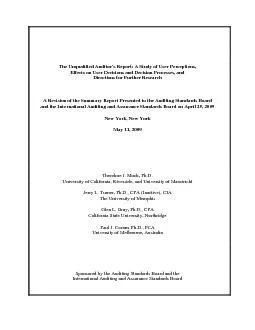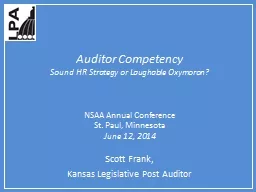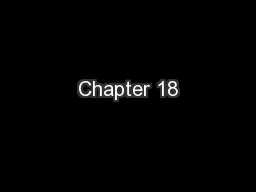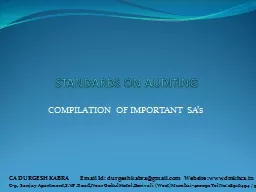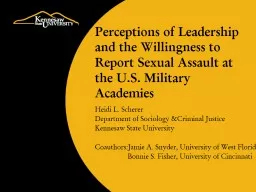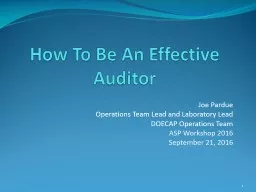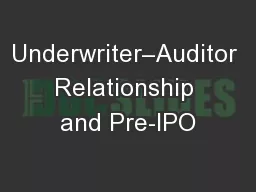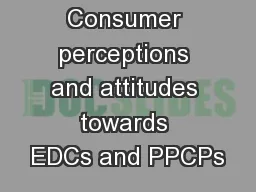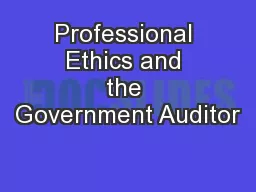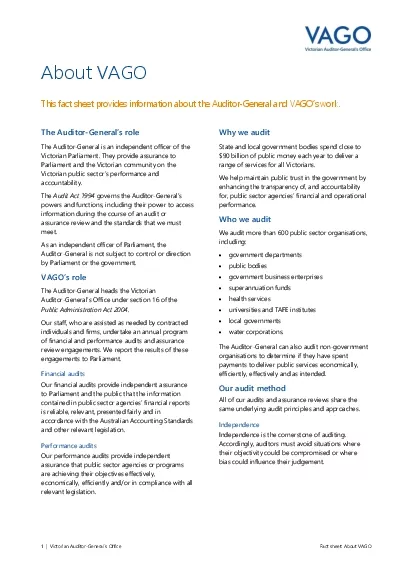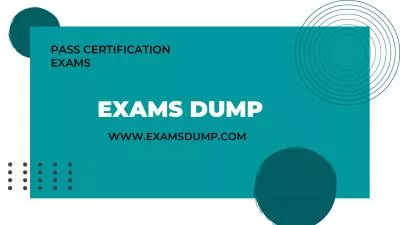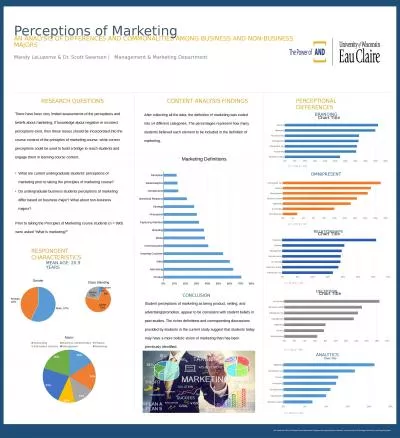PDF-The Unqualified Auditor’s Report: A Study of User Perceptions,
Author : luanne-stotts | Published Date : 2015-11-27
Effects on User Decisions and Decision Processes and Directions for Further Research ented to the Auditi and the International Auditing and Assurance Standards Board
Presentation Embed Code
Download Presentation
Download Presentation The PPT/PDF document "The Unqualified Auditor’s Report: A..." is the property of its rightful owner. Permission is granted to download and print the materials on this website for personal, non-commercial use only, and to display it on your personal computer provided you do not modify the materials and that you retain all copyright notices contained in the materials. By downloading content from our website, you accept the terms of this agreement.
The Unqualified Auditor’s Report: A Study of User Perceptions,: Transcript
Download Rules Of Document
"The Unqualified Auditor’s Report: A Study of User Perceptions,"The content belongs to its owner. You may download and print it for personal use, without modification, and keep all copyright notices. By downloading, you agree to these terms.
Related Documents

